Best price guarantee
Best offer
Let the pain itself be great, let the education of the elitist be pursued to some extent, let the sorrow of the veneas be pure, the bed of the great fringilla urn, the porttitor rhoncus pure pain
Most Popular
Great hotel for overnight stay and breakfast!! No exaggerated fuss, neat room!
HISTORY
Landgoed Duin & Kruidberg is the largest former private residence in the Netherlands and boasts a fascinating past. The former Manor House owners, Mr Cremer and Mrs Hogan, travelled extensively during the building’s construction, a fact that’s reflected in its many influences from around the world. We’re extremely proud of Landgoed Duin & Kruidberg’s rich history and are passionate about sharing it with our guests.
1600 – the Dutch golden age…
…an era of prosperity.
The Dutch republic underwent considerable growth in the 17th century, both in cultural and economic terms. Well-heeled Amsterdammers fled the capital in droves during this period, due to the unsavoury smell of sewage emanating from the canals, which was particularly unpleasant in the summer. The city’s former residents often purchased countryside properties known as 'lust-plaetse'. A 'lust-plaetse' typically comprised a manor house with ornamental and/or vegetable gardens, an orchard, coach house with stables, barns, orangery and farm buildings. A number of these country retreats were located in the Gooi or Kennemerland areas of North-Holland.
Hendrik Reijnst purchased Duin & Bergh in the latter in 1634, and Balthasar Coymans went on to commission the construction of Kruidberg in the 17th century. The Duin & Bergh estates eventually passed into the hands of Stadtholder Willem III.
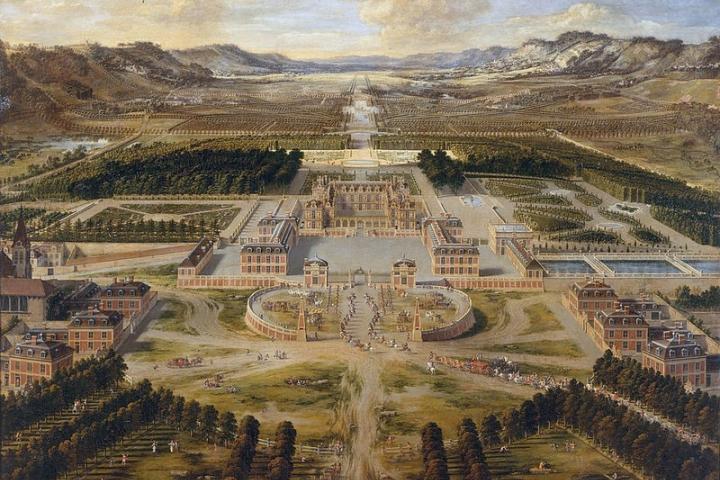
1895 – CONSOLIDATION OF THE ESTATES
In the mid-19th century, the Duin & Berg and Kruidberg manor houses were acquired by the celebrated politician and Prime Minister, Floris Adriaan Baron Van Hall. He merged the two estates, initially retaining their individual names. Van Hall later commissioned the construction of a new villa by English architect Hitchcock, only a stone's throw from the existing manor house at Duin & Berg. He also designed the English landscaped gardens that can still be admired at Landgoed Duin & Kruidberg today. In the years that followed, Van Hall and subsequent owner Guillaume Louis Jacques Van Der Hucht, purchased much of land that surrounded the manor house, gradually expanding the grounds towards the coast. Van der Hucht was the founder of several tea plantations and the Billiton Maatschappij tin company in the Dutch East Indies. His political position enabled him to champion Indonesian trade interests in the Netherlands. Willem Van Der Hucht was later immortalised in the classic novel Gentlemen of the Tea by Hella Haasse.
In 1895, Jacob Theodoor Cremer and his wife Annie Hogan purchased the estate from Van Der Hucht’s heirs for HFL 164,400. They transformed it into the Landgoed Duin & Kruidberg as we recognise it today.
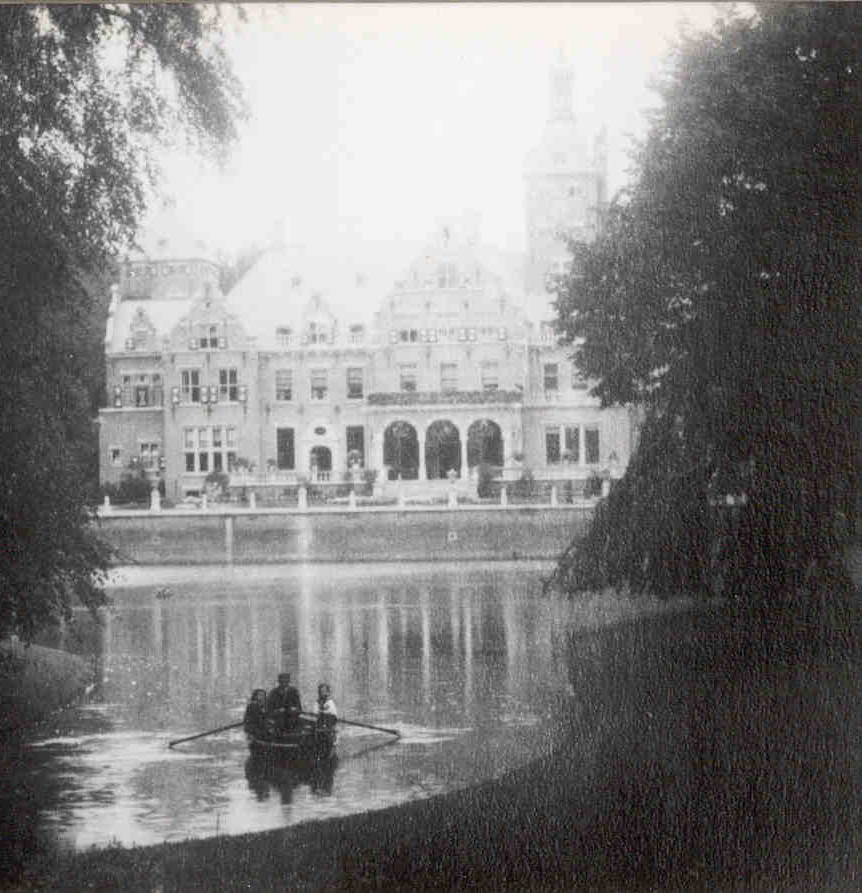
Jacob Theodore Cremer (1847-1923)
Cremer commenced his career at the Nederlandse Handelsmaatschappij (the predecessor of ABN AMRO bank) in the Dutch East Indies. He later made the switch to the tobacco industry, which was experiencing a boom in Sumatra at the time. Drawing on his considerable business acumen, he founded the Deli Company and went on to amass a personal fortune. Upon his return to the Netherlands, Cremer pursued a career in politics. He assumed the position of Minister of the Colonies and was appointed President of the Dutch Trading Company by Queen Wilhelmina in 1907. He was also instrumental in establishing the Colonial Institute (now known as the Royal Tropical Institute). He had three children with his wife Annie Hogan (1854-1924). The realisation of Landgoed Duin & Kruidberg, the largest residence in the Netherlands, enabled the Cremer couple to receive guests with the necessary pomp and circumstance.
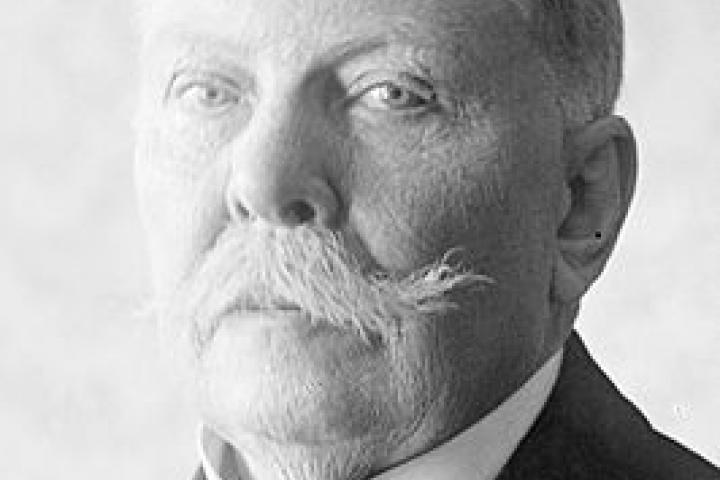
1907: The first guests at the current country house
This honour was bestowed upon Prince Hendrik
During the Cremer era, Duin & Kruidberg became known for its many parties. Cremer commissioned numerous modifications and extensions, yet space remained a challenge and the original property built by Van Hall increasingly failed to satisfy the couple’s exacting requirements. They ultimately decided to tear down the 'old' house and commission the construction of an entirely new building. They engaged father and son architects, Van Nieukerken from The Hague, for the design of this new property. Wife Annie also added her own personal stamp to the architects' plans. Of Irish descent, she grew up near London and wanted a typical 'Country House' in keeping with English tradition.
A manor house where the family and all their children could regularly convene without compromising on privacy. The first stone was laid in July 1907. And, on 2 June 1909, before the construction and landscaping works had even been completed, Mr Cremer welcomed his first guests. The delegates from the International Colonial Conference (founded by Cremer) were received in the utmost splendour thanks to the industrious efforts of all involved. The first to receive a tour was Prince Hendrik, president of the Dutch division of the Red Cross and husband to Queen Wilhelmina. The finishing touches were made to the Manor House following the conference and, on 28 June 1909, the Cremer family finally took residence. The old house was subsequently demolished and the official completion took place on 17 October of that same year.
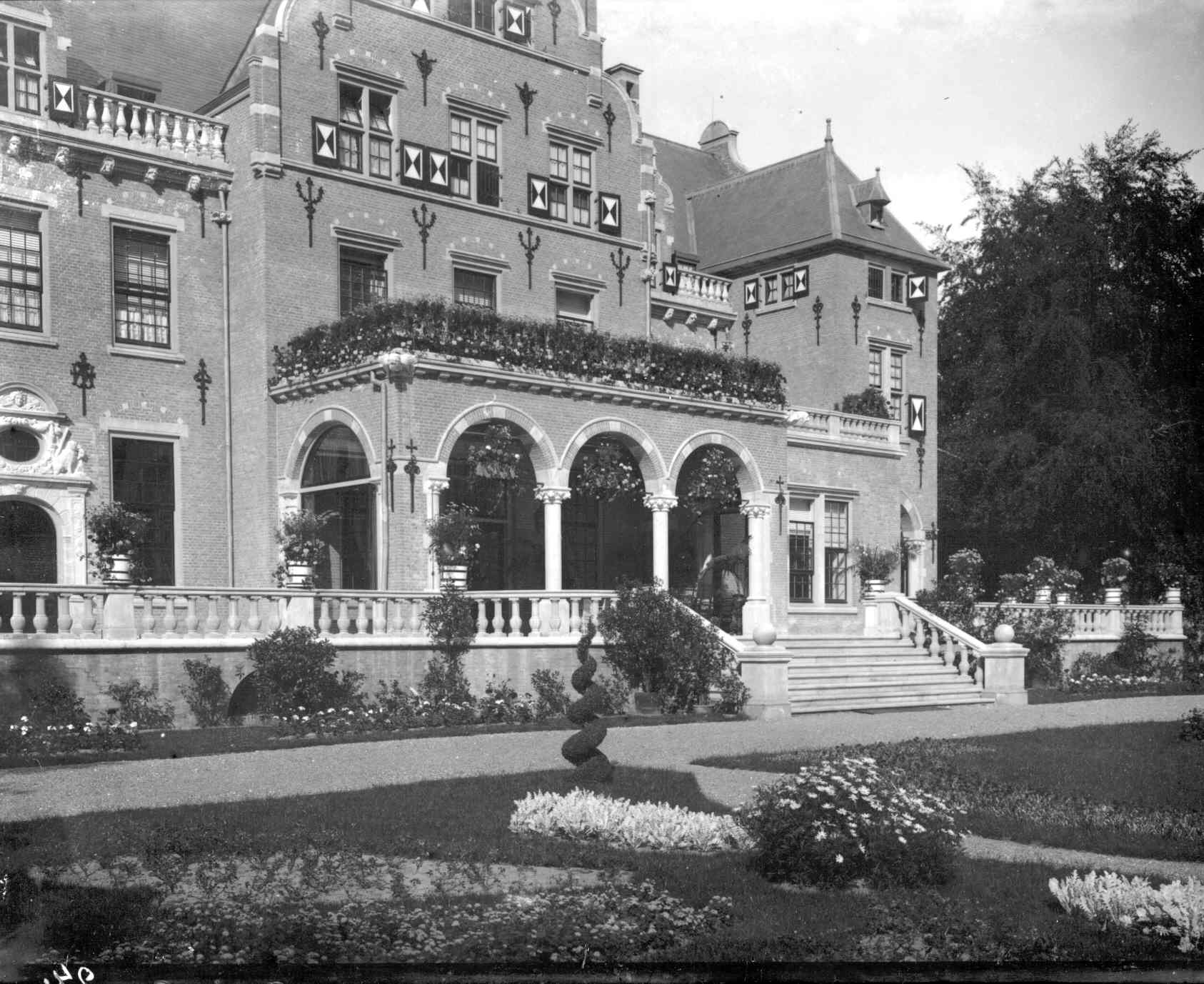
1948: Official hotel STATUS
Following their deaths, the Manor House was occupied by Mr Cremer and Mrs Hogan’s son Herbert until 1940. Landgoed Duin & Kruidberg went on to assume a variety ‘roles’. During the war years, it functioned as a Roman Catholic church and the vicarage of Driehuis. It was also used as accommodation for German officers, requisitioned by Canadian forces, and employed as a training facility for Red Cross nurses. The estate additionally served as a reception centre for repatriates from the Dutch East Indies. In 1948, the Manor House acquired official hotel status for the first time in its history, when Cremer's eldest son Herbert, and later his grandson Theo, leased it to a hotelier.
In 1961, Cremer's heirs sold the estate to the Nederlandsche HandelsMaatschappij (predecessor of ABN AMRO Bank) who used it as a holiday resort for employees. In the period following The Second World War it was customary for large institutions and banks to purchase country estates and holiday resorts in order to strengthen the relationship with their employees and retired staff members. By offering this type of non-statutory benefit, they hoped to counter the significant staff shortages that they were experiencing at the time.
The bank’s employees were initially enthusiastic about Landgoed Duin & Kruidberg, which had 92 beds and a variety of facilities for young and old.
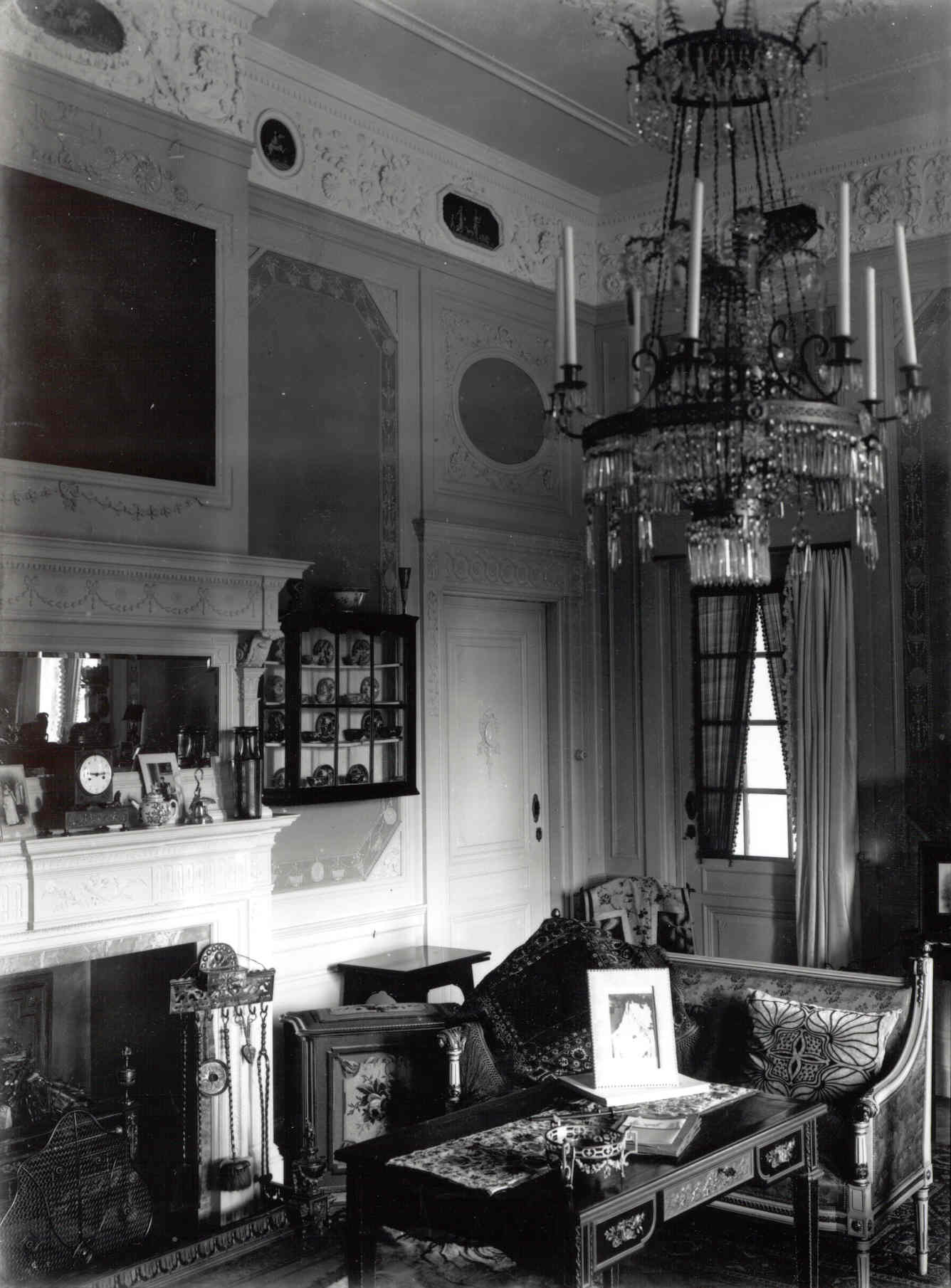
This enthusiasm waned in the late 1980s, partly due to the large number of alternative holiday options on offer. ABN AMRO Bank decided to renovate the Manor House and transform it into a conference venue. The multi-functional conference centre with five meeting rooms, four breakout rooms and a Business Centre was completed in 1996. The bank was also keen to upgrade the Manor House bedrooms to 4-and 5-star accommodation and went on to add a brand new wing complete with 44 modern hotel rooms in 2000.
In 2002 Landgoed Duin & Kruidberg officially opened its doors to the general public as a five-star hotel and restaurant.

2024 – Modern-day Landgoed Duin & Kruidberg
A rich history in a modern guise
Landgoed Duin & Kruidberg has been under the careful ownership of Lucas Petit since 23 December 2019.
Lucas Petit is the proud proprietor of Hoscom, a household name in the hotel industry. Hoscom develops and operates compelling hotel concepts that ensure guests feel truly at home. Lucas manages another 6 successful brands under the Hoscom banner: Delta Hotel, Badhotel Rockanje, De Holtweijde, Grand Hotel Opduin, Hotel Post-Plaza and VieVia. Each of these unique hotels boast their own brand personality and are well worth a visit.
The Manor House boasts a rich history that now spans more than a century. We’re proud of this magnificent legacy and are keen to perpetuate it. Nestled in the heart of the countryside close to cities, beach and nature, there’s never a dull moment at Landgoed Duin & Kruidberg; a dream destination where our friendly and attentive staff go out of their way to make every stay complete.

Sign up for our newsletter
Schrijf je in voor onze nieuwsbrief
Thank you for your registration. You will shortly receive our newsletter.
Oops, there was an error sending your message.
Please try again later.
All Rights Reserved | Company Name




